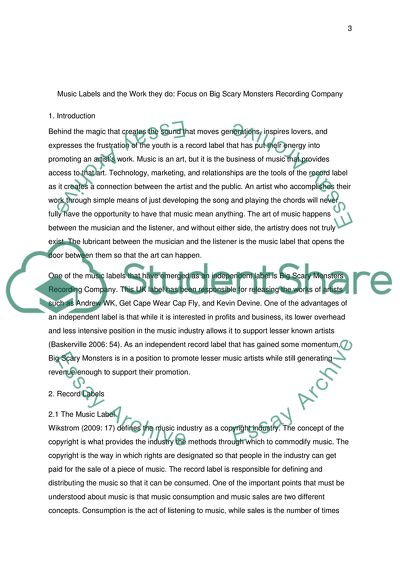Cite this document
(Recording labels and music marketing Essay Example | Topics and Well Written Essays - 2000 words, n.d.)
Recording labels and music marketing Essay Example | Topics and Well Written Essays - 2000 words. Retrieved from https://studentshare.org/music/1785306-recording-labels-and-music-marketing
Recording labels and music marketing Essay Example | Topics and Well Written Essays - 2000 words. Retrieved from https://studentshare.org/music/1785306-recording-labels-and-music-marketing
(Recording Labels and Music Marketing Essay Example | Topics and Well Written Essays - 2000 Words)
Recording Labels and Music Marketing Essay Example | Topics and Well Written Essays - 2000 Words. https://studentshare.org/music/1785306-recording-labels-and-music-marketing.
Recording Labels and Music Marketing Essay Example | Topics and Well Written Essays - 2000 Words. https://studentshare.org/music/1785306-recording-labels-and-music-marketing.
“Recording Labels and Music Marketing Essay Example | Topics and Well Written Essays - 2000 Words”. https://studentshare.org/music/1785306-recording-labels-and-music-marketing.


